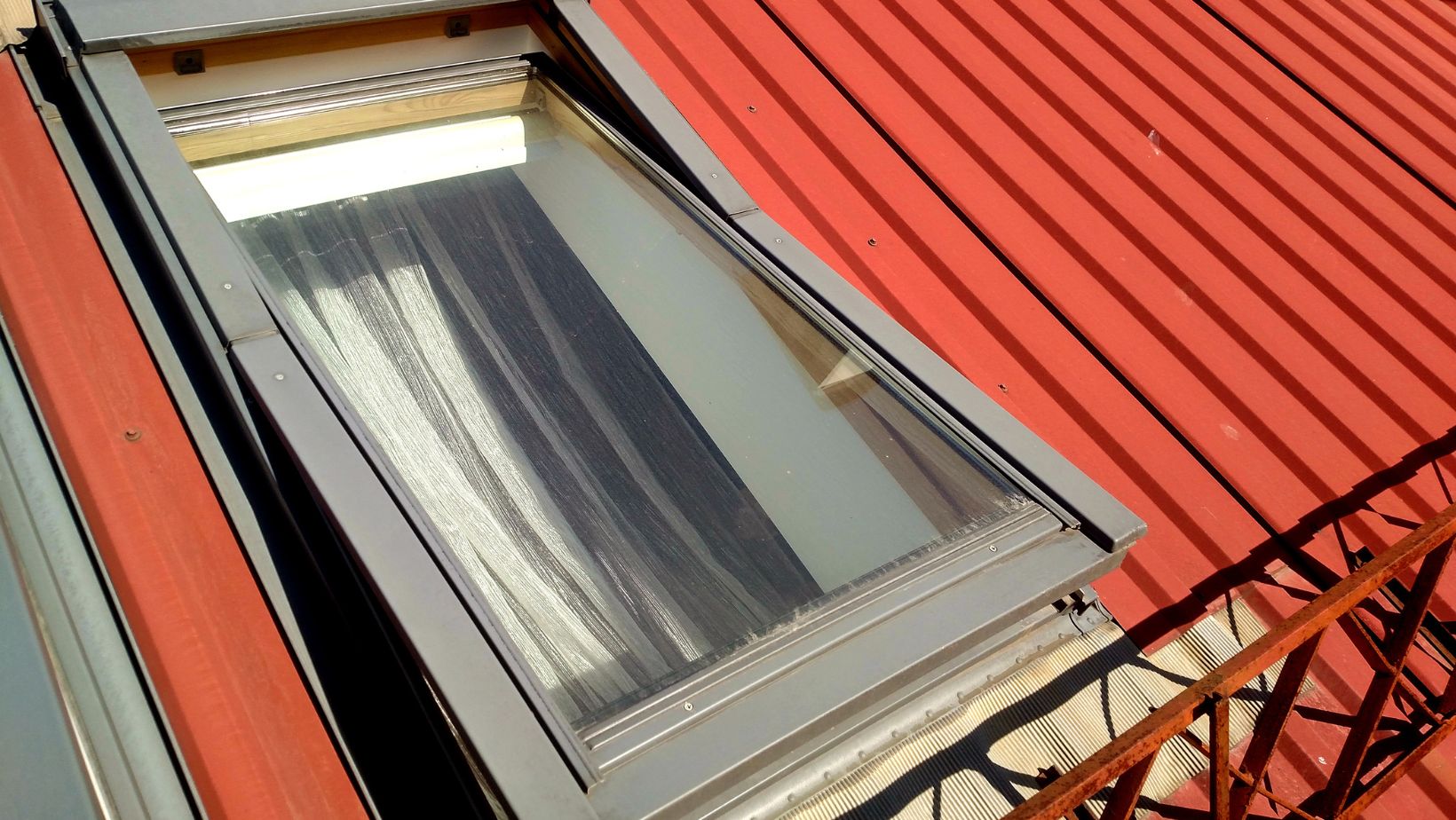
Climate change is driving more severe weather events than people in previous years faced. Is your home up to the stormy challenge? While no protection is foolproof, taking sensible measures to safeguard your property can mitigate the extent of any damage. Knowing what to prepare for is the key to keeping your homeowner’s insurance rates low.
What should you do to protect your property? Here’s your crash course in weatherproofing 101. These proactive tips can help you prepare for any event.
Keeping Water Away From Your Home
People have many superstitions about rain, from what it signifies on your wedding day to the symbolism behind rainbows. Humans rely on adequate precipitation for survival, but too much-wet stuff can endanger your property.
A flooded basement is more than an inconvenience. It’s a sign of foundation cracks, an issue that can result in severe structural damage to your home over time. Consider taking the following steps to mitigate damages:
- Installing a retainer wall to keep water away from your home’s foundation.
- Sloping the ground away from your home so that water runs toward the street and not your basement.
- Using natural features like river rocks to direct water.
- Keeping your gutters clear of debris to prevent moisture accumulation from above.
- Gather sandbags to use as a barrier in times of extreme flooding.
Your home’s foundation isn’t the only area at risk. Wet weather conditions can cause your garage door to warp, leading to energy loss and putting your vehicle and home’s occupants in danger. Inspect for signs of damage along your bottom panel, replacing the door seal if necessary to keep moisture out of your garage.
Are you in a flood zone? Most homeowners’ insurance doesn’t cover this type of damage, meaning you’ll need a rider or special policy to protect your property. You should check the federal flood zone map and talk to your carrier.
Ensuring Adequate Overhead Coverage
Your roof does the heavy lifting of protecting you and your family from the elements. However, it needs your help to do its best work.

You already know that cleaning your gutters is essential to preventing water damage. Another reason to do so is that built-up water on your roof can leak into your walls, where it could spark an electrical fire. While you remove debris, inspect your roof for loose tiles or damage around chimneys and flashing. Taking immediate action is often far less expensive than a wait-and-see approach that results in needing a full roof replacement.
If you have solar panels, you’ll need to remove ice and snow for them to function at their best. Are you in an arid region that’s prone to heavy thunderstorms? If so, a lightning rod can prevent your home from becoming a tinderbox during monsoon season.
Navigating Ingress and Egress
Over half of all injuries occur in the home, and inclement weather contributes to this statistic. For example, does your steep driveway turn into an ice skating rink during periods of melting and refreezing? If so, you invite broken hips without a guardrail to help you navigate the slope.
Other extreme weather events can create trouble exiting your home in an emergency. For example, a sudden wildfire may block stairs and doorways. You should equip all upstairs bedrooms with escape ladders and run regular drills with your family members. The time to discover your 6-year-old is terrified of heights isn’t when flames lick your home’s lower levels.
Furthermore, pay attention to building codes if you decide to turn your basement into living quarters for grandma. Per international building code rules, you must have at least two ways to exit if flames block the stairs.
Other fire-safe measures you should take include:
- Clear debris: Keep branches, leaves, and other yard debris and any flammable objects like garbage safely away from your home. Trim overhanging branches — they could drop cinders or blow over in a storm, crushing your windows.
- Use detectors: Each floor and bedroom in your home should have a smoke and carbon monoxide detector. Today’s smart models notify the fire department even if you aren’t at home when flames erupt.
- Keep an extinguisher handy: Check it once a month to ensure it hasn’t expired and the indicator still reads “full.”
Bugging In
It’s the middle of January, a blizzard strikes, and you lose power. The authorities warn that they might be unable to restore it for up to three days. How do you stay warm?
Prepping to bug it makes sense in a world where more severe weather events occur yearly. In the above scenario, you could prepare by having a pair of tents handy — placing one inside the other makes the most of your body heat.

What else should you keep in your home for weather emergencies? Here’s a short list:
- Water: You should keep a few gallons on hand. You can tap into your water heater or toilet tanks in a pinch, but most prefer bottled. Water purification tablets are musts if you must use a questionable supply.
- Sanitation supplies: A bucket and plastic trash bags can make a potty in a pinch if you lose water and power.
- Food: Healthy stuff you don’t have to cook, like granola bars and trail mix, are ideal.
- Supplies: A first aid kit, a knife, several lighters, multiple flashlights, a hand-cranked radio, backup power packs, and coloring and activity books for the kiddos can make bugging in much more pleasant.
Weatherproofing 101
As climate change alters life on Earth, you must protect your home from more severe weather events. Knowing what to prepare for and how is key to safeguarding your property and keeping your family safe.
The above proactive tips can prepare your home for any event. Use this weatherproofing 101 guide to brace yourself against any storm.























